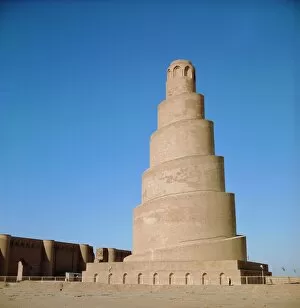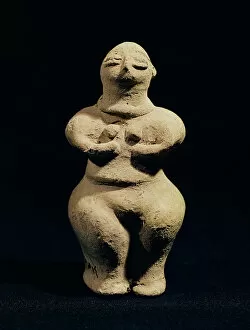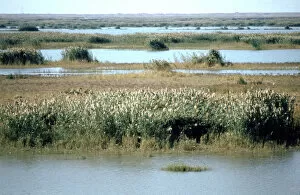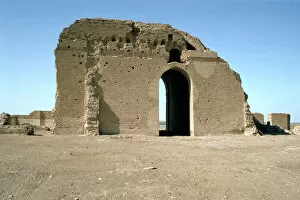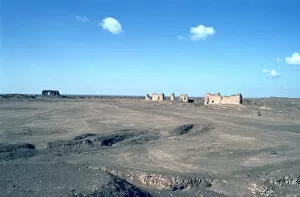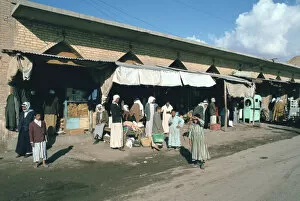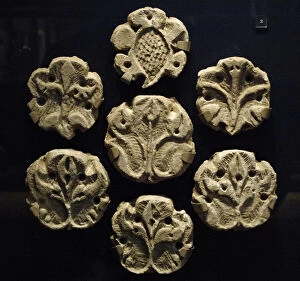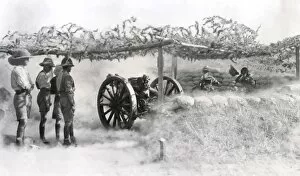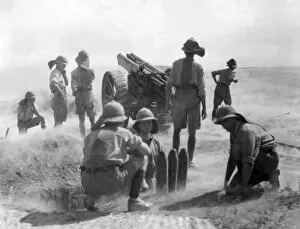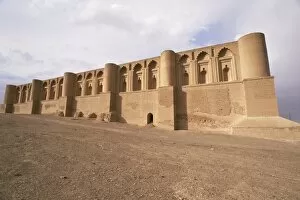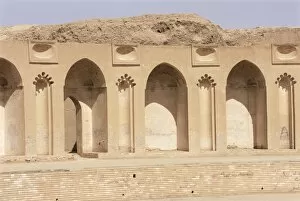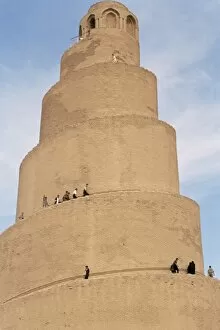Samarra Collection
Samarra, a city rich in history and architectural wonders
For sale as Licensed Images
Choose your image, Select your licence and Download the media
Samarra, a city rich in history and architectural wonders. One of its most iconic landmarks is the Samarra Minaret, also known as the Spiral Mosque of the Kassem Darwish Fakhroo Islamic. This magnificent structure stands tall, showcasing intricate designs and breathtaking beauty. Dating back to the 9th century during the Abbasid Caliphate, this minaret was created by an unknown artist who left behind a legacy that still captivates visitors today. Its spiral shape adds a unique charm to the skyline of Samarra, making it a sight to behold. Not far from here lies another gem - the Great Mosque of Samarra. Recognized as a UNESCO World Heritage Site, this mosque holds immense historical significance. Its spiral minaret stands proudly alongside other architectural marvels within its premises. As you explore further into Samarra's past, you'll come across ancient artifacts that tell tales of civilizations long gone. A statuette of a woman from early 4th millennium BC made out of alabaster showcases exquisite craftsmanship while offering glimpses into ancient cultures. The excavation site in Samarra reveals fragments of a frieze adorned with camel figures - remnants from centuries ago when these majestic creatures roamed freely in this region. Delving even deeper into time's embrace brings us face-to-face with statues representing goddesses from around 6th millennium BC crafted out of terracotta. These relics remind us how spirituality played an integral role in shaping societies throughout millennia. Amidst all these historical treasures lies Calipha Palace - yet another UNESCO World Heritage Site worth exploring. Once home to influential rulers, it now serves as a testament to their grandeur and power. And let's not forget about nature's gift surrounding Samarra – The River Tigris flowing gracefully beside ruins like those found at the doorway of Caliphs Palace offers picturesque views that transport you back through time itself.

